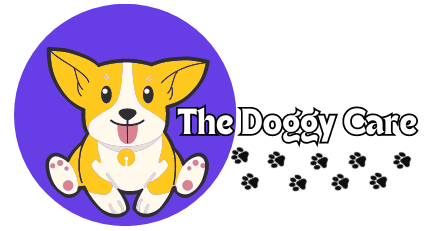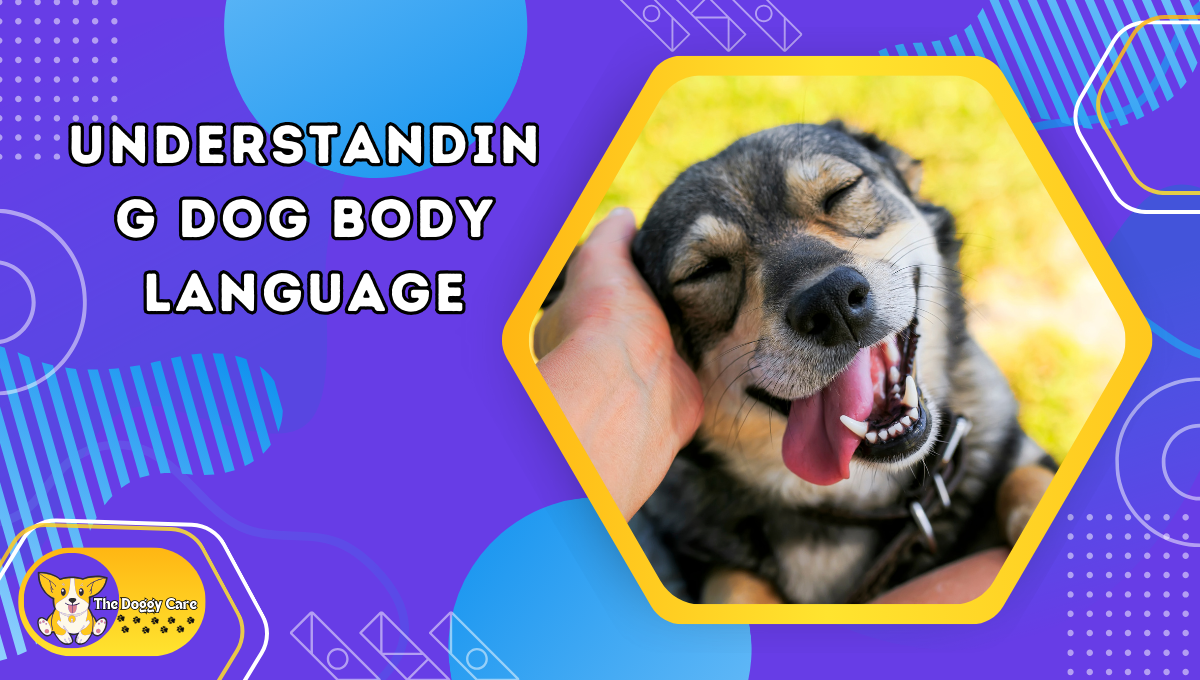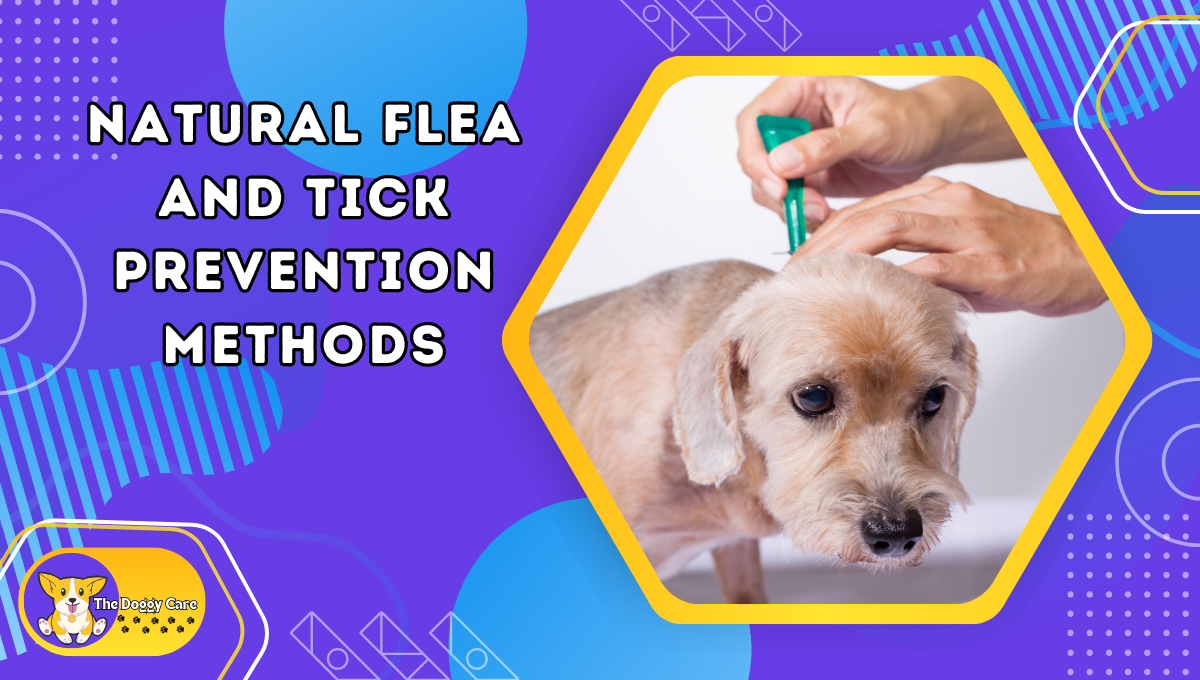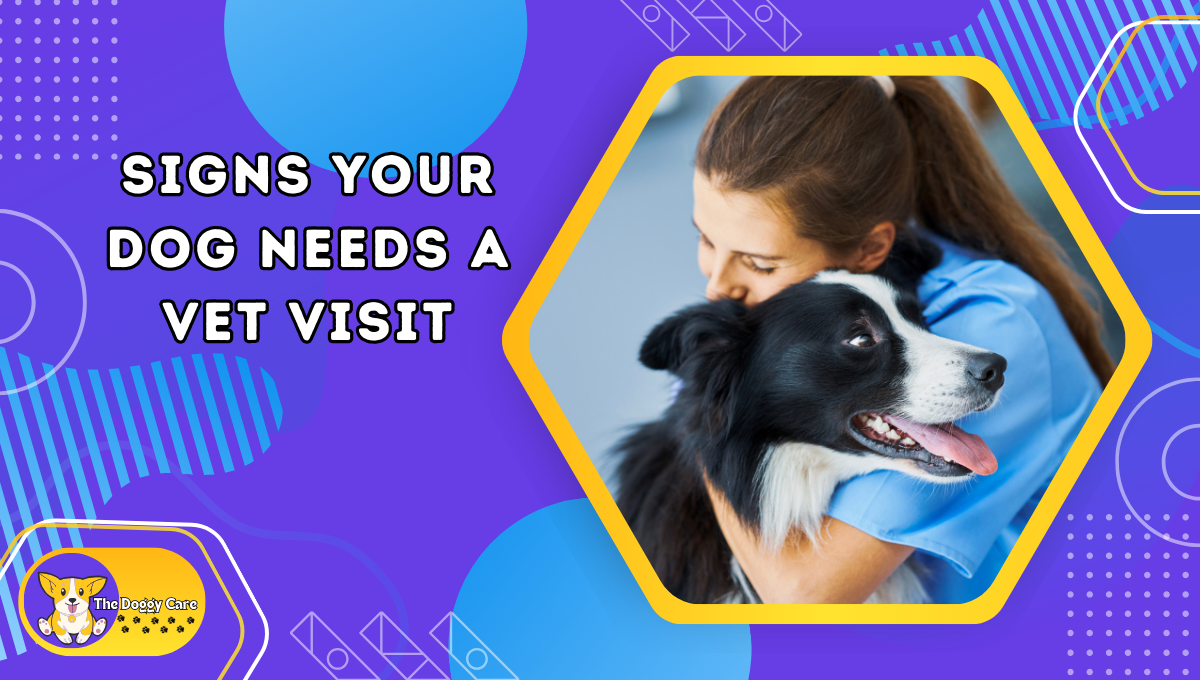Contents [show]
Understanding Dog Body Language: How to Read Your Dog’s Signals and Respond Appropriately – A Comprehensive Guide
Presentation
As pet possession keeps on flooding across the US, understanding our canine buddies has never been more critical. As indicated by the American Pet Items Affiliation (APPA), roughly 63.4 million U.S. families own a dog, exhibiting the necessary job that dogs play in American families. This guide plunges profoundly into the subtleties of dog body language, giving dog proprietors the fundamental ability to decipher their pets’ signs and answer in manners that encourage shared regard and understanding.

Understanding Dog Body Language: An Outline
Dog body language is a perplexing arrangement of nonverbal correspondence through which dogs convey their feelings, expectations, and responses. Perceiving these signs can improve the connection between you and your dog, guaranteeing their prosperity and security. This segment will investigate the central parts of canine body language, making way for a more nitty-gritty conversation.
Tail Swaying: Something other than Joy
As opposed to prevalent thinking, tail swaying doesn’t necessarily in all cases mean joy. The development’s speed, heading, and position can show a scope of feelings from energy and satisfaction to uneasiness and even hostility. Understanding these distinctions is essential in deciphering everything your dog is attempting to say to you.
Ears and Eyes: Windows to Their Close to home State
A dog’s ears and eyes are massively expressive. Stuck back ears can show dread or accommodation, while forward ears could recommend interest or hostility. Likewise, widened understudies can mean apprehension or hostility, while loosened-up eyes generally signal satisfaction. Figuring out how to peruse these unobtrusive signals will give further bits of knowledge into your dog’s state.
Stance and Development: Indications of Solace or Misery
A dog’s stance can uncover a ton about its sentiments and goals. A casual position with a delicately swaying tail typically implies a dog is quiet and agreeable, though a firm body may be an indication of distress or readiness to respond. Understanding these stances can assist with forestalling negative collaborations and advance positive experiences.
Vocalizations: Barks, Whimpers, and Snarls
Dogs utilize different sounds to impart. A low snarl could cause inconvenience, while a piercing bark could be a caution or an energetic greeting. Perceiving the unique circumstances and varieties in these sounds can extraordinarily support understanding and answering your dog’s requirements and admonitions.

Step-by-Ste Manual for Deciphering Dog Body Language
- Notice the Tail: Note the position, development, and speed of your dog’s tail. A tail held high frequently demonstrates readiness or hostility, while a low tail recommends instability or dread.
- Watch the Ears and Eyes: Focus on the place of the ears and the thorough search in your dog’s eyes. Changes in these can show changes in their close-to-home state.
- Evaluate the Stance: Take a gander at the general body stance of your dog. A casual body recommends solace, while a strained stance might show uneasiness or guarded expectations.
- Pay attention to Vocalizations: Various sounds pass on various messages. Check out the pitch and volume of your dog’s barks, snarls, and cries to all the more likely grasp their correspondence.
- Contextualize the Way of behaving: Consistently think about the setting of your dog’s way of behaving. Changes in the climate, new individuals, or different creatures can impact how your dog communicates its thoughts.
Things to Know about While Perusing Dog Body Language
Understanding dog body language requires meticulousness and an understanding of the specific situation. Misinterpretations can prompt unseemly reactions, which could confound or trouble your dog. It is additionally fundamental to perceive that each dog is interesting, and their signs could marginally differ from common principles.
Novel Ways to Answer Dog Body Language
- Keep even-headed: Dogs are exceptionally delicate to human feelings. Keeping up with tranquility can help de-raise tense circumstances.
- Give Space: If a dog gives indications of uneasiness, give them space to guarantee they have a solid sense of reassurance.
- Steady Preparation: Utilize predictable orders and preparation techniques to help your dog comprehend and trust your reactions.
- Look for Proficient Assistance: If you battle to comprehend or deal with your dog’s way of behaving, counsel an expert coach or behaviorist for direction.

Conclusion and Final Thoughts
Understanding your dog’s body language isn’t just about further developing your way of behaving; it’s tied in with extending the bond you share with your canine buddy. By translating their signs, you become receptive to their necessities and feelings, cultivating a relationship based on shared trust and regard. Keep in mind, that each dog is an individual, and figuring out how to peruse your particular pet’s prompts will require persistence and consistency.
As you develop more capability in deciphering these signs, you’ll track down that your capacity to answer properly can altogether influence your dog’s certainty and conduct in different circumstances. This not only makes for a more amicable home climate but also guarantees your dog’s prosperity and joy.
We urge all dog proprietors to notice, learn, and apply these bits of knowledge every day. Thus, you not only guarantee a more joyful, more offset relationship with your pet yet in addition add to a more profound understanding and enthusiasm for the perplexing manners by which our dogs convey. Continue to learn, remain patient, and consistently answer with benevolence — your dog will thank you for it.
References:
American Pet Items Affiliation (APPA): https://www.americanpetproducts.org/press_industrytrends.asp
Understanding Canine Way of Behaving, Diary of Veterinary Way of Behaving: https://www.journalvetbehavior.com/
This thorough aide gives the essentials of understanding dog body language, offering bits of knowledge into actually speaking with and answering your canine sidekick. By dominating these abilities, you can improve the bond with your dog and guarantee a more joyful, more agreeable relationship.



























